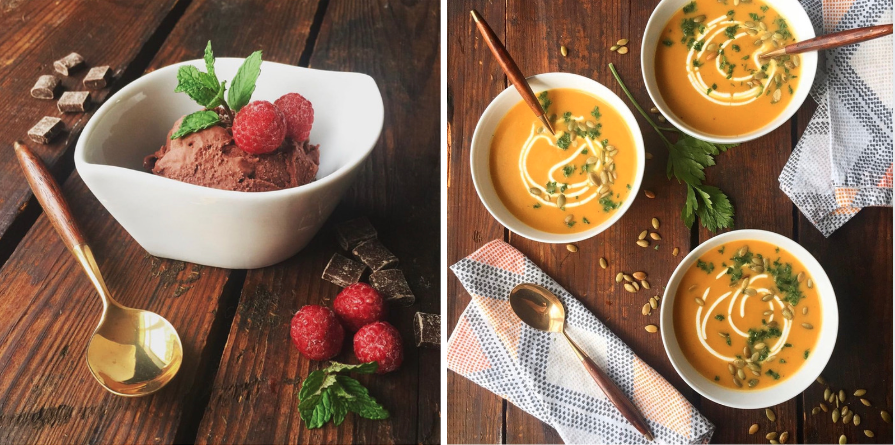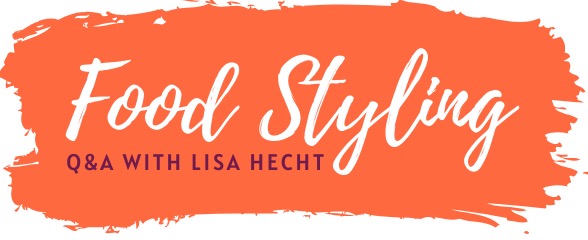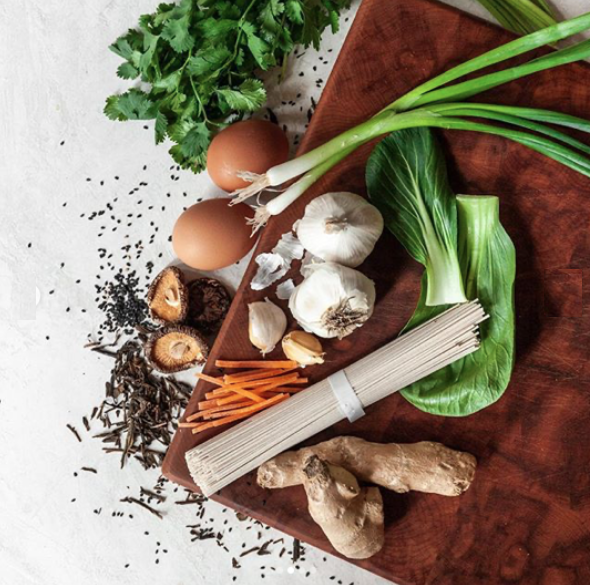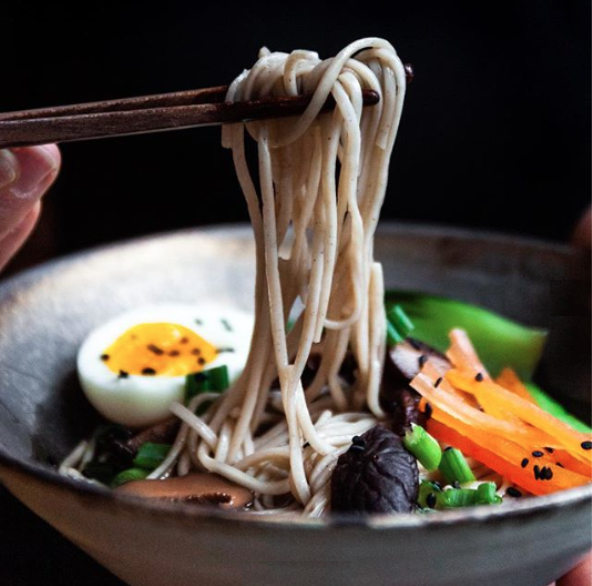How To Succeed At Remote Learning

Tips and Advice From an Experienced Remote Learner
Greetings Walnut Hill College!
With an unprecedented move to remote learning, many of us have been challenged to adjust to nontraditional classrooms and with that, we’ve had to adjust our approach to the way we learn. I’m here to tell you that I understand your challenges. I have personally completed two different programs remotely; my Master’s and Doctorate programs. With that, I figured that I was a good resource for reference and advice. So, here I am to share tips and advice that can help you succeed in your current courses at Walnut Hill College!
My TOP 5 TIPS
#1 – The Notion That Remote Classes are “Easier” is a MYTH
Unfortunately, the notion that remote learning is in some way easier is a misconception. Remote learning requires a certain level of discipline and self-learning that may exceed the requirements of on-campus class sessions. More than ever, you need to complete assigned readings, review PowerPoints, and watch a number of demo videos prior to class.
In addition, getting organized and prepping for a remote class session is vital (and sometimes exhausting!). You have to make sure to have your notebook open, your favorite pen, get that PowerPoint ready, have questions prepared, and set yourself up for success!
#2 – Dedicate Your Workspace

Unfortunately, your bed is not the best workspace for your zoom session, nor is it the ideal space to write that paper. Speaking of unsuitable locations, neither is your couch, dinner table, or back porch.
My tip is to create a desk area that is ONLY used for attending class and for completing classwork.
Our brains are wired to make associations and reward us when we stick to a routine. If you don’t select and stick to a proper location, your brain may go into sleep mode in your bed, tv mode on your couch, or food mode at your dinner table. However, if you choose wisely, your brain will recognize when you’re at a dedicated workspace and will have an easier time focusing so you can earn that 100% on your next quiz.
#3 – Participate in Your Classes and Engage with Your Classmates.
Whether on campus, via zoom, or even Schoology, participating in class sessions is vital. “Why,” you ask? Well, I’ll tell you! Engaging in conversation and participating on the discussion board increases recall of information and your ultimate academic success!
So, participate, participate, and participate!
Don’t forget to engage with your classmates! Sometimes the support we need is a classmate who can explain an assignment in a way that helps you understand it better. They may have a unique perspective and offer a new way of looking at a topic. Support each other and succeed together!
#4 – Make Sure to Self-Advocate

When completing classes remotely, students have to find their voice and self-advocate. More than ever, it’s imperative that you raise your virtual hand and get the information and support they need to be successful.
What does that look like?
First, you must communicate with your instructors and academic team (Deans, Student Success Advisors, and Librarian) on a consistent or as-needed basis. Second, don’t be shy to ask for clarification on assignments; ask follow-up questions on course materials, and communicate your concerns.
Do not hesitate to contact the appropriate staff members when you need help! If you do not know who to contact, contact a Dean or Student Success Advisor and we can direct you to the appropriate staff member.
#5 – Build a Routine

To succeed in almost anything, you need discipline! The same goes for schoolwork. A good tip is to schedule specific days and times for each course. You can schedule days to complete assignments, study for an upcoming quiz, and work on a timely project. For example, on Mondays set aside time between 10 am to 12pm to concentrate on Math; Tuesdays from 6 to 8 pm can be for English, and so on. Again, our brains work better when we stick to a routine and focus on a single topic at a time.
Another tip is to work in 15-minute increments. Human brains can only focus on a single task up to 15 minutes before we need a reset. So, take a walk around your house and come back and hit another 15-minute study session.

Quick Recap
#1 The myth of remote classes being “easier” is a misconception. Discipline, organization, and being prepared is key to your success.
#2 Your workspace. Set up a desk area that is only for attending your class sessions and completing coursework.
#3 Participating in your classes and engaging your classmates will support your recall of information and increase understanding.
#4 Self-advocate. Support yourself and reach out to WHC staff when you have questions, concerns, and/or need clarification on assignments.
And finally,
#5 Build a routine. Schedule specific days and times for specific classes which will increase your discipline and ability to stay focused.
I hope that these quick tips on how to succeed in your remote classes have been helpful and result in a better experience. And, as always remember that your instructors, your academic team, and the staff at Walnut Hill College are here to support you!
Until we can see all of you on campus again, this is Dr. Seery signing off and remember…
YOU GOT THIS!
– Dr. Seery, Associate Dean of Teaching and Learning





